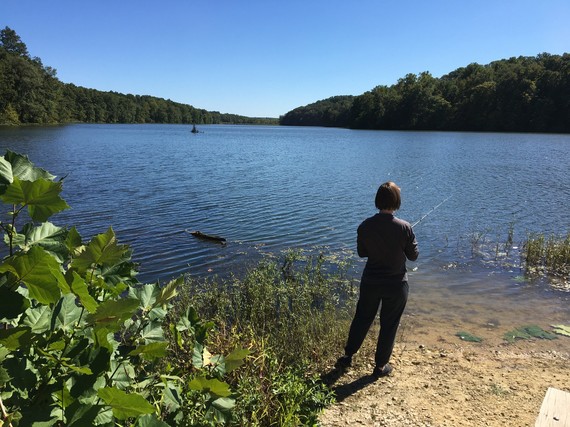 Renew your hunting and fishing licenses today
Ready for your license renewal yet? Remember, hunting and fishing licenses expire March 31, but you can purchase your annual hunting or fishing license for 2023-2024 now. If you’re looking for a year of fun outside, hunting and fishing are the perfect ways to breathe a breath of fresh air into your outdoor activities.
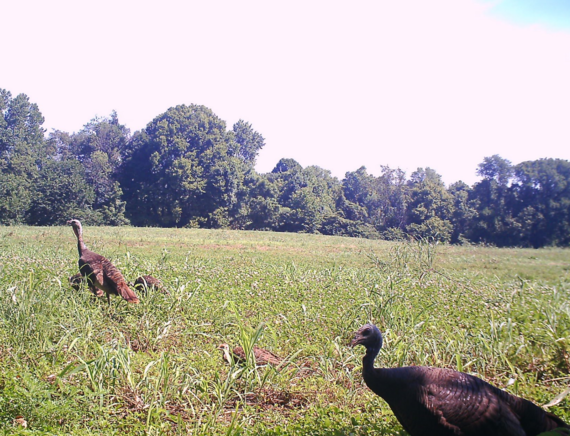 Reserved spring turkey hunt applications open
Ready for the first reserved hunt opportunity of the year? Hunters may apply for only one listed reserved-hunting opportunity this spring turkey season until March 19. All applications must be filled out online, and no late entries will be accepted. If you are applying for a hunt, you must possess a hunting license that is valid for the specific hunt for which you are applying.
Interested in participating in the special reserved hunt draws on Big Oaks National Wildlife Refuge and Muscatatuck National Wildlife Refuge? You can apply through Indiana’s reserved hunt system. Visit our website to find an informational packet for each specific hunt.
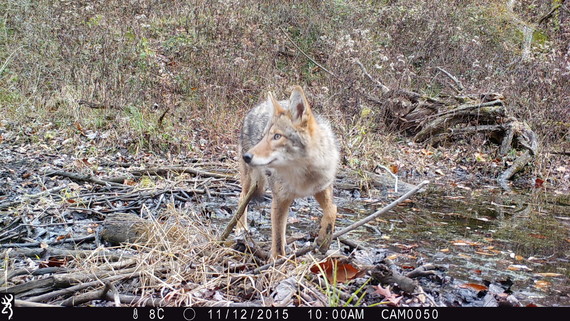 Coyote, striped skunk season closing
If you’re still following the scent, don’t worry—you’ve got until March 15 to finish your coyote and striped skunk hunts. Spend the last days of the season outdoors with your loved ones as you hunt for these critters. Looking for more hunting dates? See our updated list of hunting & trapping seasons online.
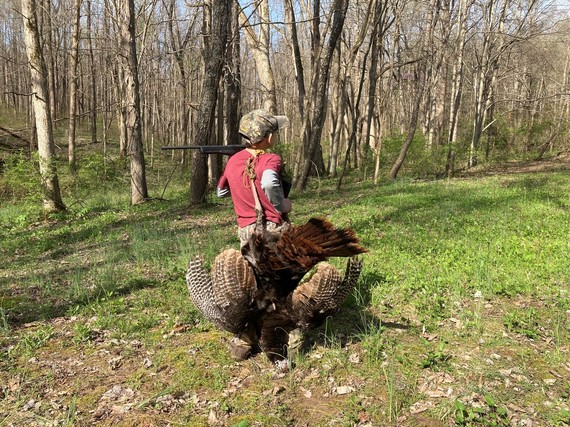 Youth turkey hunting & reserved hunts
Heads up, youth hunters! Youth turkey season is coming soon. The 2023 youth turkey season is April 22-23, and limits will be placed on the number of youth hunters allowed to hunt each property on both days. Youth hunters and their guardians can apply for these special opportunities from March 20-31. See our news release for more information.
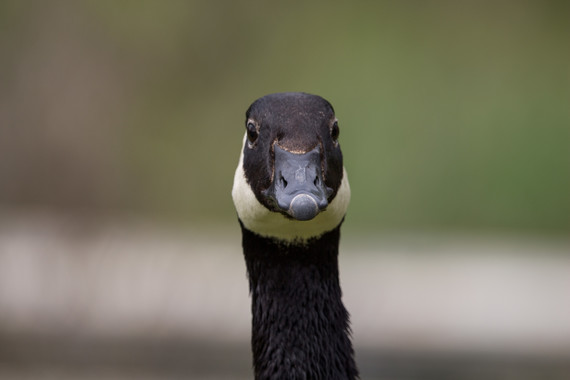 Don’t ruffle feathers this spring: helpful tips for managing Canada geese
Have you seen a Canada goose displaying aggressive behavior? Most Canada goose conflicts occur during the nesting season from March to June when they defend their nests. If you see a goose head pumping, hissing, honking, or flapping its wings, calmly leave the area while giving the bird and its nest space.
Managing Canada goose eggs and nests can limit the number of Canada geese produced after nesting. If a Canada goose nest does not have eggs or birds in it, it can be destroyed at any time without a federal permit. Keep in mind that once eggs have been laid, you must first register with the U.S. Fish and Wildlife Service before taking action.
Remember, do not offer supplemental foods such as bread or birdseed to Canada geese. It’s best to use preventive techniques before a Canada goose problem starts in your area. See our website for common goose conflicts and permit information.
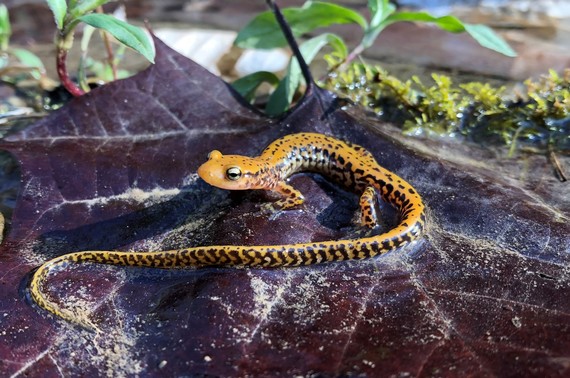 Taxes for taxa
Get wild by donating to the Indiana Nongame Wildlife Fund through our tax check-off! The Indiana Nongame Wildlife Fund relies on donations to manage habitat and conduct research to benefit the 750 species it protects. These wildlife species and their habitats are essential to our quality of life, from improving environmental health to providing opportunities to see beautiful and unique animals across the state.
For every $5 you donate, the DNR receives $14 to care for Indiana’s rare and endangered wildlife, thanks to a federal matching program. To donate on your Indiana state taxes using paper forms, use the Schedule 5/Schedule IN-Donate form. Watch this video for more details or donate online. If you plan to use an online tax preparation program, you will be prompted to donate at the end of the filing process. If filing through a tax preparer, direct your preparer to the Schedule 5/IN-Donate (also referred to as IN Schedule 5-Credits).
Photo Courtesy of Reena Ramos.
Help your local habitat
Spring into action this season. Habitat loss is one of the biggest challenges Indiana’s wildlife face, and you can help them by growing native plants in your backyard.
- Native plants often require less water, trimming, and fertilization.
- Native wildlife prefer native plants and, in some cases, need specific plants to survive or reproduce.
- Landscaping with native plants gives refuge to wildlife such as butterflies and songbirds.
- Planting native helps prevent the spread of harmful invasive species.
- Native plants are more likely to survive drought or flooding.
Even in the middle of a city or suburb you can revamp your spring landscaping to benefit the environment around you. Look online to find the best ways.
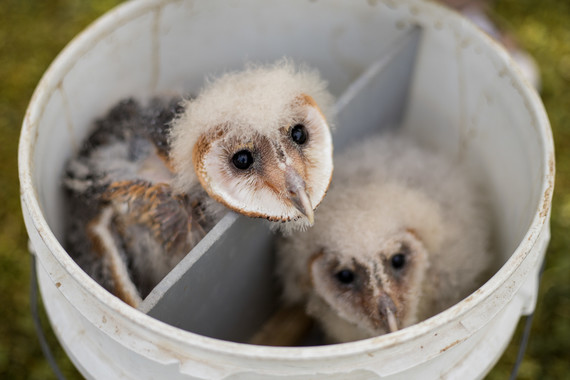 Barn owl nesting season arrives
Despite the bitterly cold days at the end of the winter, barn owls are nesting! Barn owls are a state-endangered species in Indiana and need large grassland areas to thrive. Examples include large, open expanses with 100 acres or more of hay fields, fallow fields, prairies, marshes, or rough pasture. Secure nest sites are important for barn owls to thrive, and the Division of Fish & Wildlife currently maintains more than 300 nest boxes throughout the state.
If you want to support the barn owl nest box program, donate to Indiana’s Nongame Wildlife Fund. Interested in building your own nest box? Download step-by-step instructions and learn more about these owls on our website.
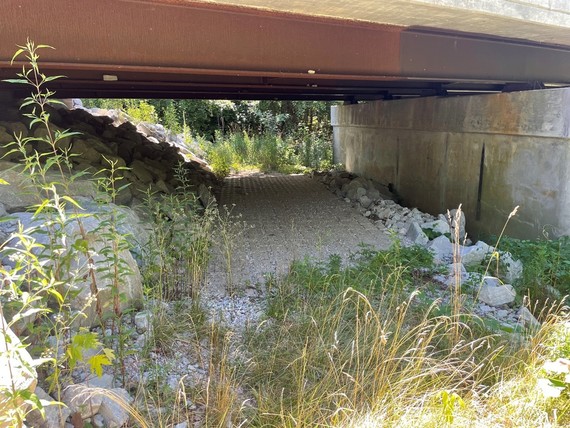 Wildlife movement & you
The Division of Fish & Wildlife Environmental Unit continually looks for opportunities to enhance wildlife movement on our state’s landscape. One of our most common approaches is providing wildlife-friendly paths by adding bridges and culverts to land.
Keeping wildlife off roads has great benefits for people and wildlife. Keeping them away from roads prevents damage to people’s vehicles and reduces roadkill. Wildlife can better access various habitats at different times of the year, and this keeps more animals on the landscape for hunters and wildlife watchers.
If you have concerns regarding wildlife near you, check out our guidelines on living with wildlife.
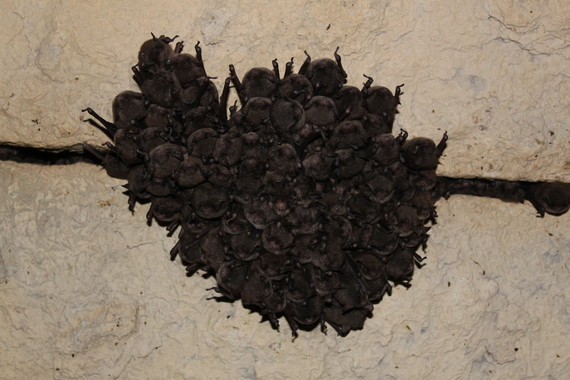 Bats emerging from hibernation
The Indiana bat, gray bat, Northern long-eared bat, big brown bat, little brown bat, tricolored bat, and Eastern small-footed bat are the usual cave hibernators in Indiana and will be emerging around the first week of April. As they come out, the bats will be hungry and looking for roosts to rebuild their strength before they move to their summer grounds.
Bats recovering from white-nose syndrome will be particularly sensitive after their emergence, as they must recover from hibernation and the disease. Luckily, a few weeks spent feeding near their cave will repair their skin damage and fatten them to their typical body weights.
Now’s the time to check your home for bats. Look out for guano, or bat poop, with glittery insect exoskeletons throughout it. To prevent bats from getting into your home, repair gaps and cracks—especially areas damaged by squirrels, raccoons, or the various bird species capable of creating such damage.
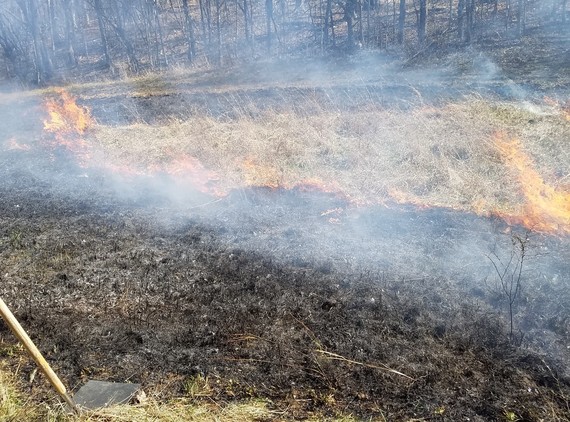 As spring heats up, prescribed fire season starts
Prescribed fire is a cost-effective, efficient way to apply a disturbance to the landscape that provides various benefits and can improve many different types of habitat. Prescribed fire must always be applied safely, following a prescribed burn plan. When applied safely and effectively, it can benefit the landscape by warming the soil and releasing nutrients, thinning grass stands, regenerating wildflower growth, enhancing pollinator habitat, discouraging woody encroachment or undesirable vegetation, selecting for and promoting oak/hickory regeneration in a woodland, removing invasive species, and more.
Interested in learning more about prescribed fires and working toward a burn plan for your property? Contact your private lands biologist.
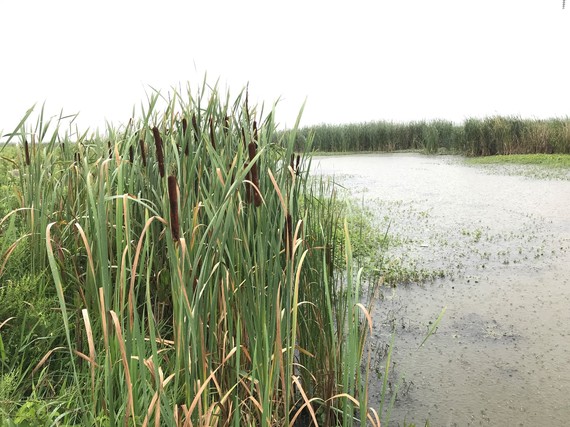 Make a change on World Water Day, March 22
“Water” you doing later this month? We hope you’ll participate in World Water Day, a time to discuss and increase awareness about water challenges around the world. Visit the event’s website to learn about the major global issues affecting water and sanitation.
Interested in helping make the change to more sustainable water consumption? Watch the training programs, local water solutions, and e-learning courses. If you want to see how water management is changing on a global level, view the Water Action Agenda, the UN-Water’s report on the subject.
Recent news releases
Goose Pond Fish & Wildlife Area to dedicate Visitors Center Trail Feb. 25
Spring turkey reserved hunt applications open Feb. 19
|